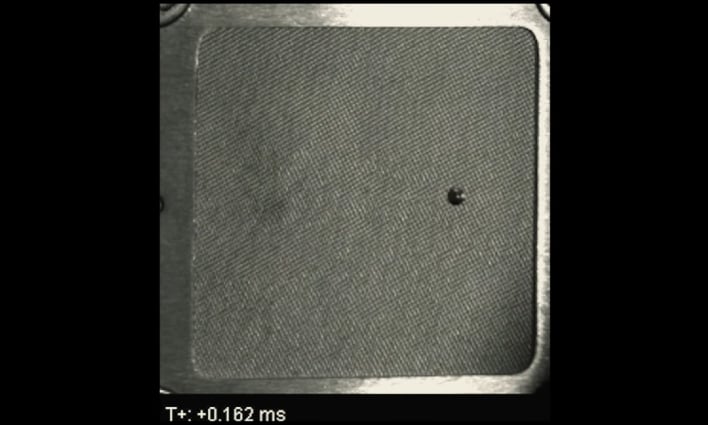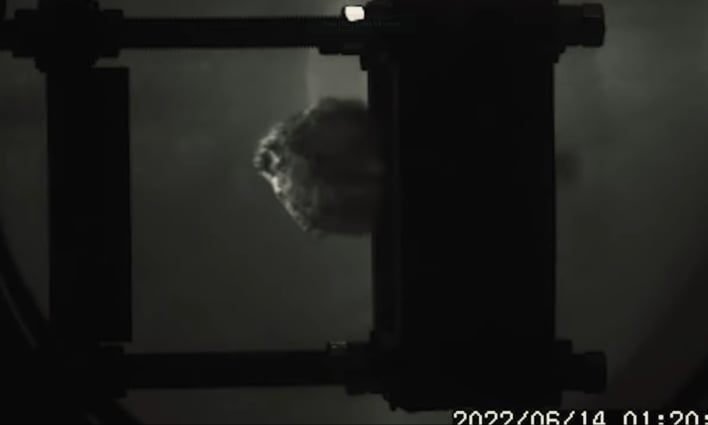NASA Performs Dangerous Vacuum Gun Test To Research Space Rock Impact Protection

NASA is currently preparing for its Mars Sample Return mission. The mission is aimed at bringing samples collected by the Mars Perseverance rover back to Earth. The space agency is expected to launch its retrieval craft in 2027, and land on the Red Planet in 2028. But before a it is sent to retrieve any sample, NASA is performing tests to try and prevent any damage that might occur from micrometeorites.

Because of this potential danger, NASA is using a 2-stage light gas gun to simulate the kind of damage an impact of this nature could cause. The first stage of the gun uses gun powder as its propellant. The second stage differs from a traditional gun, by using highly compressed hydrogen gas that's forced into the smaller projectile tube. This increases the pressure within the gun, much like a car piston, according to NASA.

Tests of this nature requires extensive preparation, which is why engineers took three days preparing for the one-second experiment. While the gun used can propel its projectile at a speed of 5 miles per second, it is still six to seven times slower than a micrometeorite can travel in deep space. Because of this, the team uses computer simulations in order to effectively simulate a possible micrometeorite impact on a spacecraft's shield design at those speeds. In turn, the results will help the team to investigate a material's reaction to such energy.

